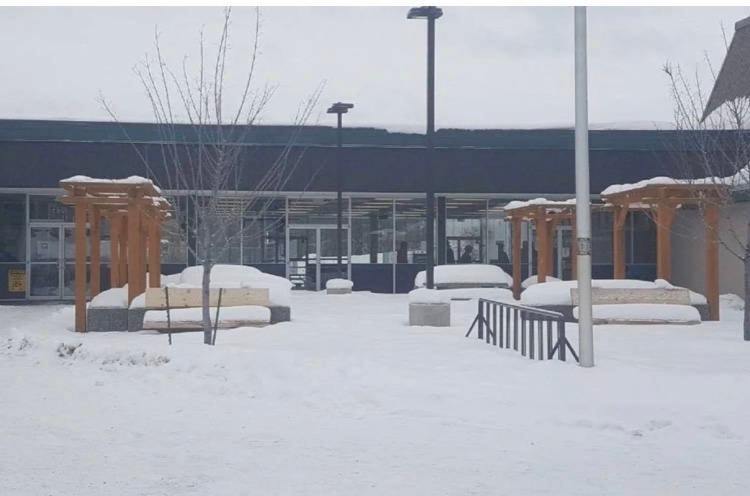Public school attendance here is gradually returning to normal following heightened worries about the COVID-19 pandemic.
School District 54 superintendent Mike McDiarmid said last week that Silverthorne Elementary is at normal attendance levels while Twain Sullivan Elementary and Houston Secondary are at about the 80 per cent attendance level.
“While most students are back, there are obviously some families that remain anxious about the COVID situation,” said McDiarmid.
Attendance dropped considerably when schools opened after the Christmas break as reports began circulating about the spread of the virus in the area.
And that had school staffers warning parents and others that students should not expect teachers to prepare at-home school assignments just because they weren’t at school over pandemic worries.
Then, as now, school officials are emphasizing that the schools are following public health orders.
“The schools will continue their efforts to reach out to those families and let them know we are following all of the protocols required and we believe that schools are safe spaces for students and staff,” said McDiarmid last week.
The Northern Health Authority did, however, issue a notice that Houston Secondary School staffers and students may have come into contact with one lab-confirmed case of COVID-19 between Jan. 11 and Jan. 13.
But exposure to a confirmed case does not mean a person will become sick with COVID-19, Dr. Raina Fumerton from the Northern Health Authority said in a letter to school principal Jaksun Grice.
“COVID-19 has a very low infection rate in children, and most are not at high risk. We expect to see COVID-19 cases in various community settings, including school settings, but we expect the risk of transmission in school to be low in most circumstances. The risk of transmission becomes more significant if someone is considered a close contact,” she wrote.
Fumerton, the northwest medical health officer, said every school in B.C. has a COVID-19 safety plan and that the plan has been followed at the school.
She noted that Northern Health employees follow up directly with anyone who is identified as a close contact of a lab confirmed case.
“It is important to note that a close contact is a person who has been in direct, face-to-face contact for prolonged periods of time with an infectious case. People with COVID-19 are considered contagious (infectious) from 48 hours before onset of their symptoms (before they may realize they are sick), up until 10 days after their symptoms began,” Fumerton wrote.
Fumerton is encouraging self-monitoring and that testing is available for everyone with COVID-18 symptoms.
Those symptoms include fever, chills, cough or worsening of chronic cough, shortness of breath, sore throat, runny nose, loss of sense of smell or taste, headache, fatigue, diarrhea, loss of appetite, nausea and vomiting and muscle aches.
While less common, symptoms can also include stuffy nose, conjunctivitis (pink eye), dizziness,confusion, abdominal pain or skin rashes or discoloration of fingers or toes.
More information on the definition of a high-risk close contact, can be found here: http://www.bccdc.ca/health-professionals/clinicalresources/case-definitions/covid-19-(novel-coronavirus).
